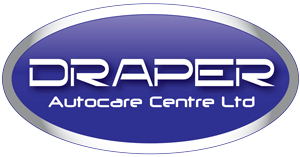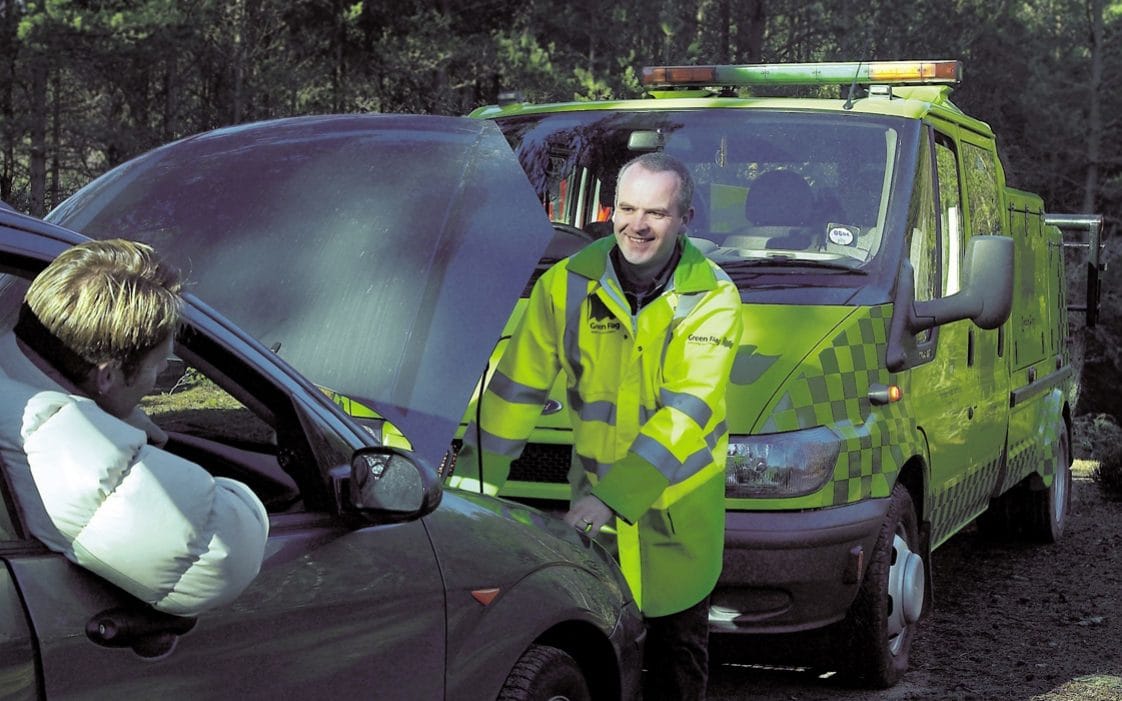What to do if you have car problems on a trip
1. Move the car to the side of the road as quickly but safely as possible
When something goes wrong, don’t be too eager to apply the brakes if it isn’t necessary. If your engine has stopped, you’ll need to keep your momentum up until you’re safely at the side of the road. Be prepared for the fact that the steering and brakes might be harder to operate without power assistance. Remember to check for cars in the inside lanes before you move across. And once you’re on the hard shoulder, try to park the car as close to the verge and as far from the moving traffic as you can.
What if there’s no hard shoulder?
If you break down on a so-called “smart motorway”, on which traffic is allowed to use the hard shoulder, you should use a lay-by if you can get to one, or failing that, stop your car as far to the left of the road as you can. These motorways are constantly monitored, so authorities will see that your car has stopped, and close the slow lane so that your car isn’t hit.
If you break down in road works, pull in to the hard shoulder if you can – or if there are barriers preventing you from doing so, stop as far to the left-hand side as possible. This is why it’s sensible to avoid contraflows whenever you’re travelling through roadworks, especially if your car is showing signs it may break down, because in a contraflow, there’s nowhere for you to stop – meaning your broken-down car will block the whole carriageway.
Woman in high-visibility vest by broken down car
You don’t have to carry a high-visibility vest, but it’s a good idea
2. Make sure your car can be seen
Turning on the hazard lights is an obvious step, and very important to show that you’re stationary and may be in the way. But if it’s night-time, you should leave your sidelights (also known as parking lights) switched on too. This means drivers coming up behind you will be alerted to the presence of your car on the hard shoulder far sooner.
3. Make sure you can be seen
In many European countries, it’s a legal requirement to carry a fluorescent high-visibility vest or jacket in your car. That isn’t the case in the UK, but it’s still a very sensible idea to do so. Choose one with reflective strips so you can be seen at night as well as during the day. When you’ve broken down, wear your high-visibility vest any time you’re outside the car.
4. Evacuate the car
If you have passengers in the car with you, it’s crucial that you get them out of the car and on to the grass verge, a safe distance away. Were another driver to accidentally stray onto the hard shoulder and hit your car, the consequences could be catastrophic for anyone left inside. Make sure everyone in the car leaves via a left-hand door, to keep them away from the flow of traffic. If the weather is hot, try to make sure everyone stays in the shade, or if that’s not possible, apply sun cream and drink plenty of water.
It’s best to leave pets in the car, unless you can be absolutely certain that you can keep them under control on the verge. However, you should make sure you provide adequate cooling if the weather is hot, by leaving windows open, checking periodically that they’re OK and, if possible, providing water.
5. Don’t spend time trying to fix the problem
Even if you know what the problem is, you shouldn’t try to carry out even minor repairs – and that includes changing a tyre – on the hard shoulder, because this will put you in danger for far longer than is necessary. Instead, call for help, and then carry out your repairs when your car has been moved to a safer place. A recovery vehicle is festooned with bright lights, which help make the mechanic’s job somewhat safer.
The hard shoulder is a dangerous place, though, so be vigilant and remember to stay as far away from danger as is sensible.
Broken down car – Call for help, rather than trying to fix the problem yourself
6. Phone for help
Hopefully, you’ll have a mobile phone with you, but if you don’t, or if its battery is too low to use, there is another way. Britain’s motorway networks have a system of emergency telephones. They’re painted bright orange, and there’s one every mile. To work out where the nearest one is, look for the white posts that mark out the edge of the hard shoulder. They should have arrows painted on them that will point you in the right direction.
Take extreme care when walking along the hard shoulder to the nearest phone, though, and stay as far from the carriageway as you possibly can. When you pick up the phone it will put you straight through to the Highways Agency, who will come out and help. Don’t worry – you won’t have to pay for the call.
7. Await help in a safe place
Make sure you stay away from your car while you’re awaiting help. But unless you’re looking for one of the emergency phones, don’t go wandering off along the hard shoulder. If there is a crash barrier close at hand, climb over it and wait behind it. Don’t be tempted to re-enter the car, even if it is raining or cold, or allow any of your passengers to retrieve anything from it. You and all of your passengers should always stay as far away from the carriageway as you can until help arrives.
8. Pull away safely
If your car’s fault is repaired by the breakdown service you’ve called out, take care when you leave the hard shoulder. Get the car up to speed first. You’ll hear some small stones being thrown up against the underneath of the car, but don’t panic – that’s usual. When you’re up to speed, choose a safe gap, indicate, and pull out into the flow of traffic
Advice according to : https://www.telegraph.co.uk/cars/advice/what-to-do-if-you-break-down-on-the-motorway/

